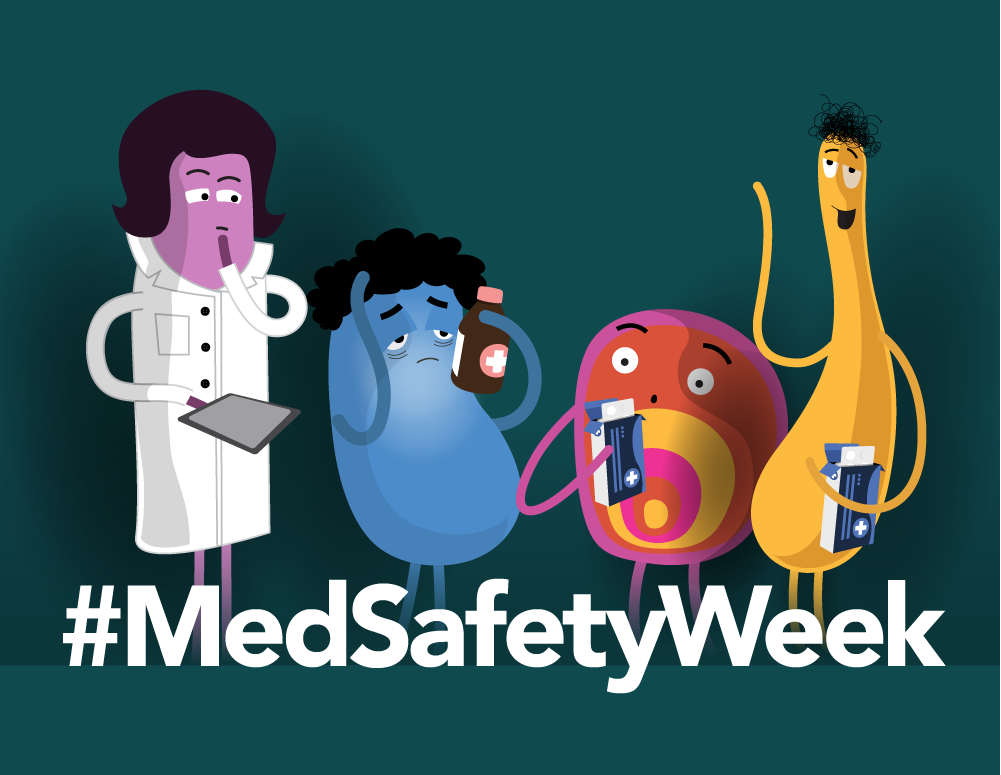
Can your skin really get addicted to steroid creams?
Peer reviewed by Dr Sarah Jarvis MBE, FRCGPLast updated by Abi MillarLast updated 13 Jul 2018
Meets Patient’s editorial guidelines
- DownloadDownload
- Share
- Language
- Discussion
'Woman’s steroid cream addiction made her look like she'd been skinned alive.' 'My kids were scared.' 'My skin was covered in scales and shedding all over the house.'
These headlines - from Metro, The Sun and The Daily Mail respectively - allude in typically lurid style to the symptoms of topical steroid withdrawal. Each article tells the story of an eczema sufferer whose skin became 'addicted' to their medication.
In this article:
"Three-months after I quit the steroid treatment my symptoms were so bad that I couldn't sleep for weeks, my skin was swollen, and I was in constant excruciating pain," said Lindsey, interviewed in The Sun article.
With these kinds of horror stories all over the internet, topical steroid withdrawal has begun to attract widespread attention. First described in a dermatology journal in 1979, it is now recognised by a number of associations, including the National Eczema Association (NEA) in the USA. There is also a support network known as ITSAN, which aims to raise awareness of the condition.
This being so, you could be forgiven for wanting to steer clear of topical steroids, perhaps seeking alternative strategies for treating your eczema. However, topical steroid withdrawal (also known as red skin syndrome) remains an emerging diagnosis that isn't always acknowledged by dermatologists. What's more, the benefits of topical steroids far outweigh the risks when the medication is used appropriately.
"If steroid treatments are used under expert guidance then there is no evidence to suggest the skin becomes 'addicted' to their use," reassures Dr Anjali Mahto, consultant dermatologist and British Skin Foundation spokesperson.
So is the risk of 'steroid addiction' really anything more than internet scaremongering? And if you've been prescribed topical steroids, how can you be sure you're using them safely?
Continue reading below
Why are topical steroids used?
For background, topical corticosteroids (steroids) are prescribed for a number of skin conditions, such as eczema and psoriasis. First used more than 50 years ago, they are highly effective at controlling flare-ups. They come as a cream, ointment, lotion or scalp preparation, and are typically used for short courses of treatment until your symptoms settle down.
"Topical steroids are important drugs used to control inflammatory skin conditions," explains Dr Mahto. "They work by reducing inflammation and modulating the immune response in the skin. Generally, they are classified according to their strength and there are four main categories: mild, moderate, potent or very potent."
Most are available only on prescription, although you can buy small tubes of the mildest kind under advice from your pharmacist.
Most of the time, the treatment is used for just one or two weeks, together with an emollient (moisturiser). Your doctor will tell you the exact dosage required, and how frequently you need to apply it. In some cases, you may be advised to apply a milder steroid on thin skin areas like the face (where the medication is well absorbed) and a stronger one elsewhere on your body.
As Mahto explains, when used appropriately under medical supervision, topical steroids rarely cause side effects. However, if the stronger ones are used for prolonged periods without guidance, then skin changes may occur.
"Reported side effects include skin thinning, easy bruising, stretch marks, spots or folliculitis, prominent blood vessels (telangiectasia), and localised hair growth," she says. "Care should be taken in areas such as the eyelids where prolonged steroid use for many months can result in glaucoma or cataracts. If topical steroids are used on large areas for a long time, there is a risk of absorption into the bloodstream and internal side effects such as raised blood sugar levels and problems with blood pressure, to name a few."
What is topical steroid addiction?
However, the presumed risk of topical steroid addiction goes beyond the side effects. For people with this condition, the symptoms don't arise until they have stopped using the creams. Sufferers complain of burning sensations, itching, and peeling skin, often accompanied with insomnia and fatigue.
"Topical steroid withdrawal is a rarely reported side effect which can develop after steroid use is discontinued," says Mahto. "It can present as either red, burning skin or as a spotty/bumpy rash. It normally develops days to weeks after stopping treatment following prolonged overuse of a potent topical steroid preparation."
Unfortunately, people experiencing these symptoms may find recovery a slow process.
"At present it is a poorly understood condition which has been reported in adults (and more common in women). There is no universally agreed treatment but in some cases a course of oral steroids can be helpful," says Mahto.
The NEA states that adult women who blush easily are thought to be particularly at risk.
"Very few cases have been reported in children, but no large-scale studies have attempted to quantify the incidence," said an NEA report.
Continue reading below
How can I stay safe?
Despite all the unknowns surrounding topical steroid withdrawal, it seems clear that the condition is not associated with normal patterns of use. In the articles mentioned earlier, all the sufferers had been using steroid creams for many years, often self-medicating with progressively stronger treatments.
The NEA says the condition can result from "prolonged, frequent and inappropriate use of moderate to high potency topical steroids" - a world away from taking the drugs judiciously during a flare-up.
The sufferers had also stopped treatment abruptly, which would never be advised with long-term potent steroid use. If you've taken a longer course of steroid treatment, withdrawing from the drugs should be done gradually and under the supervision of your doctor.
One point to bear in mind is that, since the signs of topical steroid withdrawal can mirror your original skin condition, you should resist jumping to conclusions about the diagnosis.
"Your doctor will most likely rule out other conditions such as allergic contact dermatitis, a skin infection or, most importantly, a true eczema flare. Confusing the signs and symptoms of eczema for steroid withdrawal could lead to unnecessary under-treatment of the eczema," warns the NEA report.
Dr Mahto says that, if you've been prescribed topical steroids to treat your skin condition, it may also be beneficial to incorporate emollients into your skincare routine.
"They have the ability to improve the effectiveness of the absorption of your steroid and long-term reduce your overall steroid requirements," she says. "If there is any uncertainty in your mind about how long the treatment should be used then ask your prescribing doctor to give you a clear, written plan of how to use these treatments, and take care to treat only the affected areas."
In short, topical steroids should be used only as prescribed, and taken under medical guidance. Under these circumstances, they're a very safe medication, unworthy of an article in The Daily Mail.
Patient picks for Medicine information

Treatment and medication
How does paracetamol know where our pain is?
Paracetamol is a miracle worker for many of us. We take it for headaches, toothache and sickness. It can treat raised temperatures and is also an ingredient in a variety of cold and flu medications. But, how does it work exactly? How can one tablet treat such a variety of problems? Let's explore the science behind the wonder that is paracetamol.
by Emily Jane Bashforth

Treatment and medication
What is #MedSafetyWeek and MHRA Yellow Card scheme?
If you had a bad reaction to a medicine or medical device, or suspected it was unsafe in any way, would you know how to report it? For this #MedSafetyWeek we find out about the MHRA Yellow Card scheme - a quick and simple way of reporting suspected problems with medicine in the UK. A small action from you can keep our medicines reliable, and prevent others from future harm.
by Victoria Raw
Continue reading below
Article history
The information on this page is peer reviewed by qualified clinicians.
13 Jul 2018 | Latest version

Ask, share, connect.
Browse discussions, ask questions, and share experiences across hundreds of health topics.

Feeling unwell?
Assess your symptoms online for free
Sign up to the Patient newsletter
Your weekly dose of clear, trustworthy health advice - written to help you feel informed, confident and in control.
By subscribing you accept our Privacy Policy. You can unsubscribe at any time. We never sell your data.